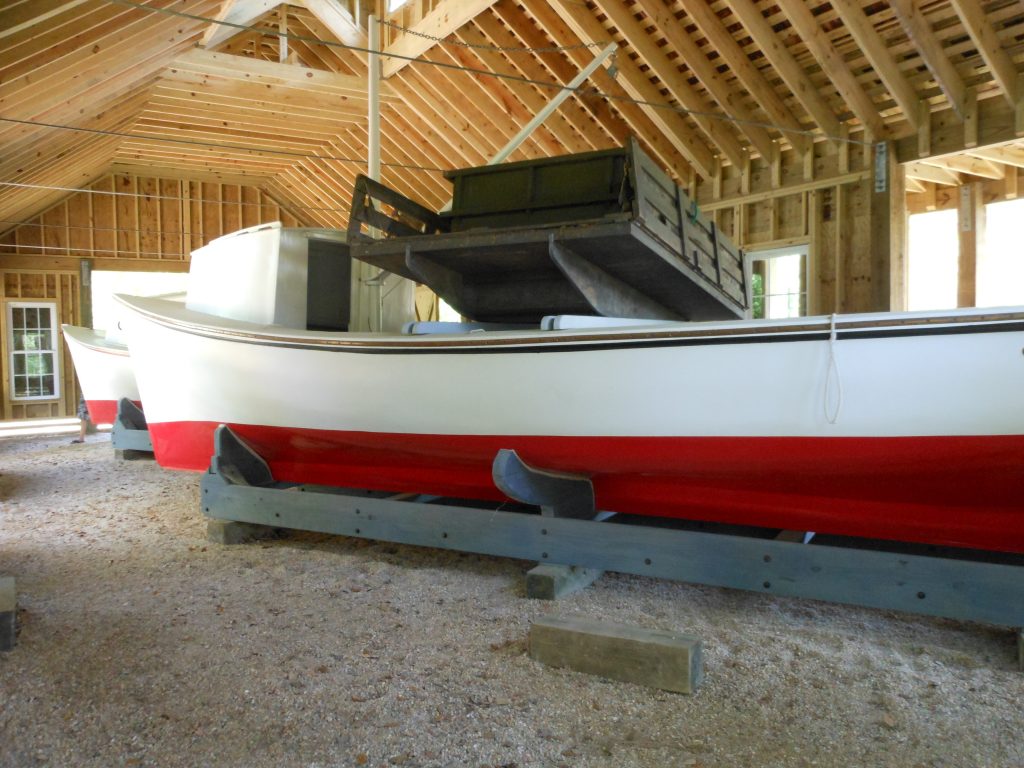
An overview of a summertime K-12 Program offered by the Whalehead Preservation Trust in conjunction with the Currituck County Maritime Heritage Fellowship Initiative
(For more information contact WPT’s Director of Education, Ann Sensibaugh at Education@visitwhalehead.com)
INTRODUCTION
Currituck County North Carolina has a deep and rich cultural history. This area of North America was first settled by Native Americans. The Chowanog, Poteskeet and Pamunkey tribes called this area home. In fact, the name of the county “Currituck” came from the Native American word meaning “land of the wild goose.” The site of the first English settlement on this continent, often referred to as the “Lost Colony” was a settlement on Roanoke Island less than 40 miles from here. Jamestown, VA and Plymouth, MA would follow but more than a two decades later. Until the early 1800s the Currituck Outer Banks were separated from both Virginia and the lower beach settlements by a number of inlets. There were Old and New Inlets to the north and Caffeys Inlet to the south. So the only way to access the area was by boat.
A clear depiction of what life was like on the Outer Banks appeared in an 1892 article in Harper’s Weekly about the Outer Banks. According to the article, “If there were any spot on earth that one would expect to find untenanted, it would surely be the this stretch of sand between ocean and sound…Yet there is a hardy race who have lived here from Father to son for over a century. They exist entirely by hunting, fishing, rearing cattle and acting as guides…The only method of movement for commerce, recreation or otherwise are small, not particularly handsome, watercraft.”
The “not particularly handsome” watercraft used for transportation on the Outer Banks may have not been the prettiest, but rated very highly on the utility scale. In this area boats are still often referred to as “Currituck pick- up trucks.” Boats were used for everything from bringing the mail daily to carrying livestock and homes, yes homes, across the Currituck Sound. Anything that was needed on the land side was generally carried by boat or hauled 20 miles down the beach from Virginia. Seafood and waterfowl that were to be sold at market were carried from the island to the mainland by boat. So watercaft were vital to every level and function of society. Local men became masters of crafting boats out of whatever was on hand. In the late 1800s juniper was still plentiful in northeastern North Carolina and was probably the choice for most boat builders. There were certainly numerous master boat builders from this area; Pat O’Neal from Currituck and W. Otis Dough from Roanoke Island were several of the best known. Carl Ross of Poplar Branch in Currituck County is an example of a modern boat builder continuing the craft of the master boat builders.
CONCLUSION
The history of boat building on the Outer Banks is a long and storied one. Boats have played a pivotal role in the culture development of the area. These vessels were as important as wagons or automobiles to land areas. The major economic, communication, cultural, and recreational activities were vested in these simple, yet well-crafted vessels. The men who built them possessed expert knowledge of the sea and the environment. Although many of the builders were not highly educated they were well schooled in the physical principles of maritime construction, and knew more than most college graduates about the physics of water displacement.
Perhaps more importantly, we hear about phenomenon such as cultural adaptation, but it is really rare when you can put your hands on vital pieces of real life, historic, adaptation. These boats are a testament to man’s ingenuity, understanding of his environment, and creative uses of resources. The boat builders were ingenious craftsmen who left us a personal and unique heritage. Each boat is as singular as a fingerprint and quite a legacy of a craft that should not be forgotten.


Recent Comments